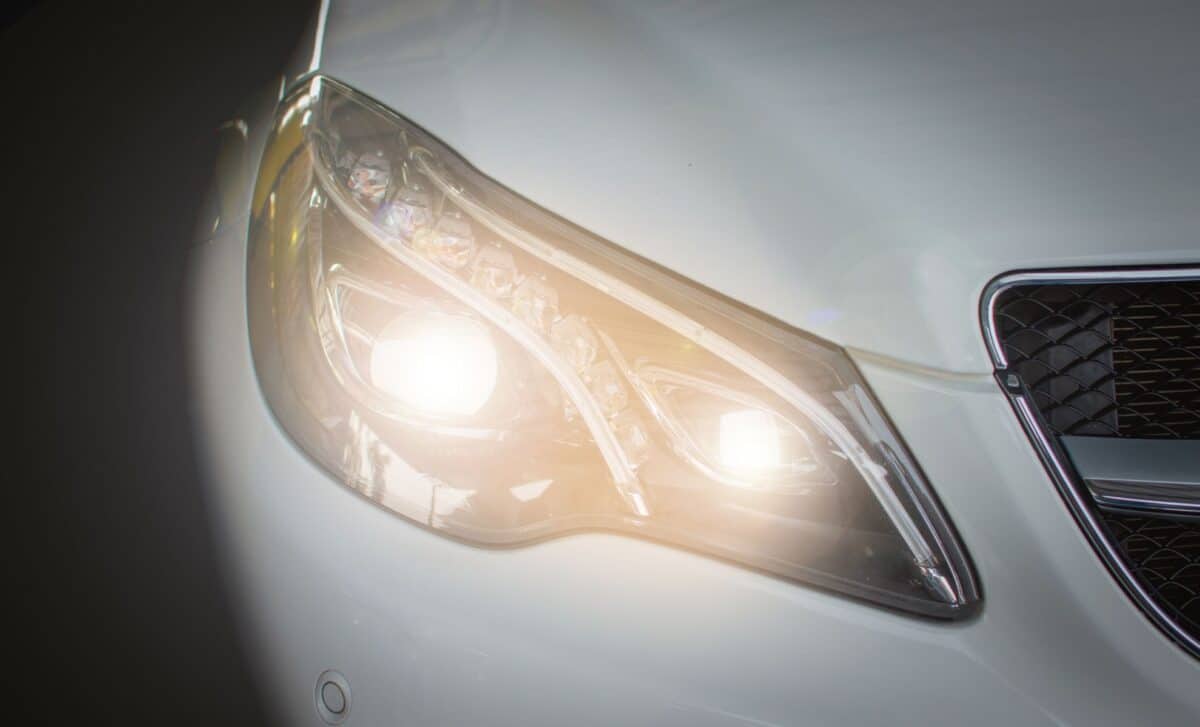LED headlights are legal in Australia—as long as they comply with strict standards set by the Australian Design Rules (ADRs). But on the roads, complaints about blinding beams are becoming more frequent. The problem isn’t factory-fitted systems, but rather a surge in aftermarket installations that often ignore proper alignment or brightness limits. According to a recent article by Drive Australia, this growing issue is leading to calls for tighter regulations and tougher enforcement across the country.
The Rise of LED Headlights: From Innovation to Irritation
Originally praised for their brightness, energy efficiency, and longevity, LED headlights have rapidly become the norm in vehicles manufactured after the mid-2010s. These lights replaced the older halogen and HID systems and are now standard in most new cars. But as Drive highlights, not all LED headlights are created equal—particularly those added after purchase.
Drivers across Australia are increasingly voicing frustration over glare from aftermarket LED kits, especially on large 4WD vehicles. Poorly installed or unregulated lights can create serious visibility issues on the road. The issue isn’t factory-installed LEDs, which are tested and aligned by manufacturers, but rather DIY kits that often lack proper calibration and overpower oncoming traffic.
Australian Legal Standards: What the ADRs Really Say
The Australian Design Rules (ADR 13/00) outline detailed specifications for headlight safety and legality. Headlights must:
- Emit white light
- Not exceed 430,000 candelas
- Be placed no higher than 1200 mm and no lower than 500 mm above the ground
- Not extend more than 400 mm beyond the vehicle’s front
They must also avoid causing any discomfort to other drivers, either directly or via reflections. These rules span over 150 pages, making it hard for the average motorist to fully understand or follow them.
Failure to comply with these technical requirements can result in a defect notice and fines ranging between $100 and $900, depending on the jurisdiction and the police officer’s discretion.
Aftermarket LED Headlights: Legal Yet Problematic
Although aftermarket LED headlights are not illegal, they must meet the same rigorous standards as those installed in new cars. The challenge lies in the technical complexity of proper installation.
Setting the beam angle, avoiding over-brightness, and ensuring correct height alignment often require specialized equipment. Without this, even well-intentioned upgrades can breach road safety standards. Poorly adjusted lights can blind other drivers or reduce visibility, posing serious safety risks.
Many car owners are unaware that these risks could result in their vehicles being declared unroadworthy.
Cost and Caution: What Drivers Should Know Before Converting
Switching to LED headlights is a popular upgrade, but it comes at a price. Quality conversion kits from brands like Narva or Phillips cost between $250 and $400, not including labor. Vehicles that require additional wiring or calibration could see costs rise by another few hundred dollars.
Some drivers opt for cheaper, generic kits sold online, but these often lack certifications or clear installation guidelines. Without professional help, improper installations are common—and risky.









